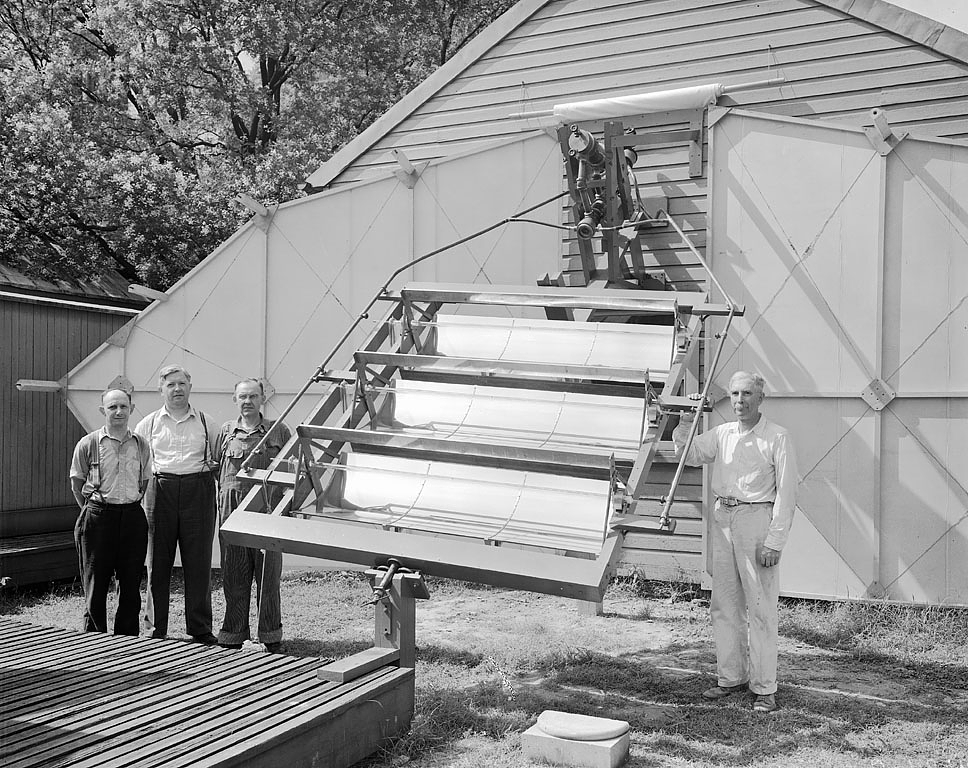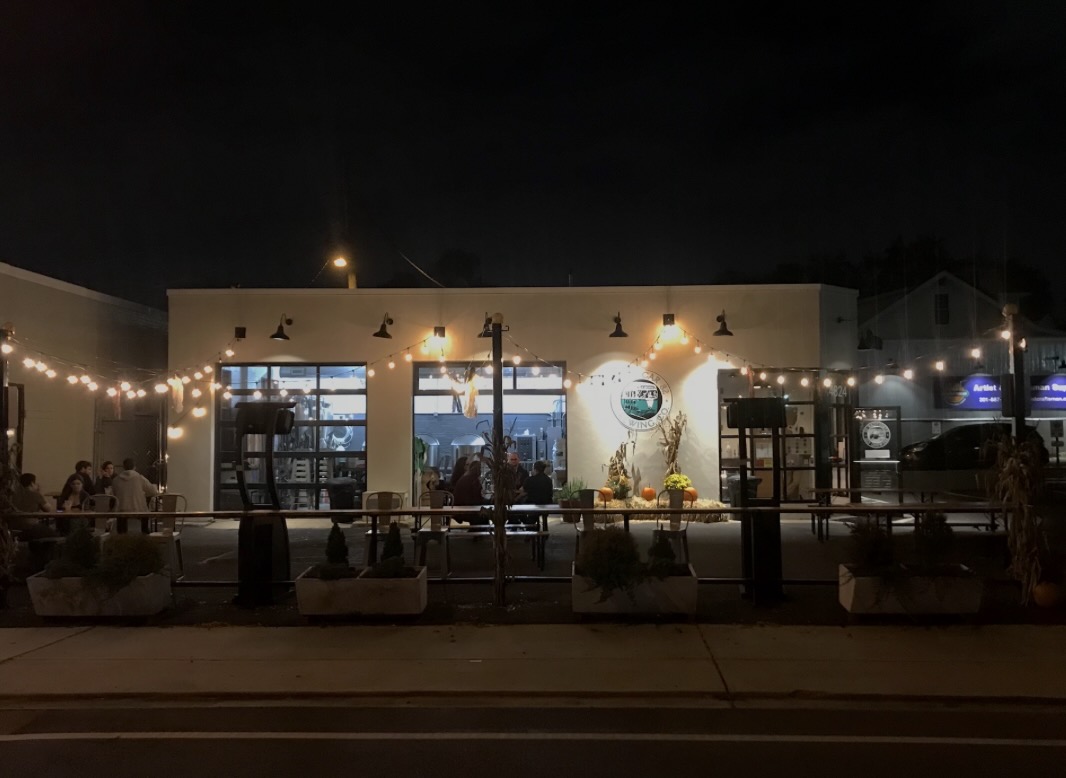
The Route 1 corridor has become increasingly reliant on solar power in recent years, but with the 50th anniversary of Earth Day this week, it’s a good time to look back at one resident who promoted solar power long before the environmentalist movement had even started.
A noted astrophysicist and longtime head of the Smithsonian Institution and the Astrophysical Observatory in D.C., University Park resident Charles Greeley Abbot was also a pioneer of solar power.
Abbot, who lived in a gabled brick house on Beechwood Road until his death in 1973, was obsessed with the sun from a young age.
He studied solar radiation, developed theories about how it affected the Earth and envisioned a future powered by solar energy, which is now increasingly common along the Route 1 corridor.
After graduating from the Massachusetts Institute of Technology, he was hired as an assistant to the director of the Smithsonian observatory, where he quantified the solar radiation received by the Earth, a value known as the solar constant.
A lifelong tinkerer, Abbot held more than 15 patents related to solar energy, including one for a solar converter that he filed at the age of 99, making him the oldest inventor in the U.S. ever to receive a patent at the time.
Abbot often designed and built solar-powered gadgets, such as an elaborate solar cooker installed at the Mount Wilson Observatory in Los Angeles in the 1920s, which his wife used to cook and feed the staff, and a solar oven tabletop version used at the Smithsonian Institution in D.C. He used the devices in lectures and public demonstrations to publicize solar power.
His other inventions included a solar still and a solar boiler that could be used to make steam to generate electricity.
In 1928, Abbot was named the head of the Smithsonian Institution, a position he held until retiring in 1944 to focus on research.
During his tenure, he promoted solar power, making history on Sept. 30, 1936, when the local WRC radio station made the first solar-powered radio broadcast from the Smithsonian’s South Yard using one of Abbot’s generators.
Though his work centered on the sun, Abbot was honored in 1973 when a crater on the moon was named for him.















